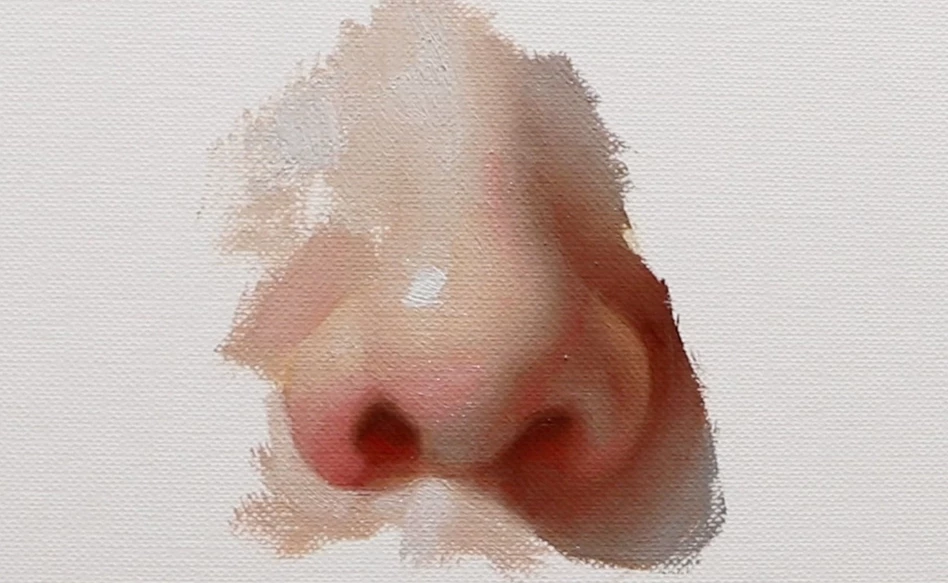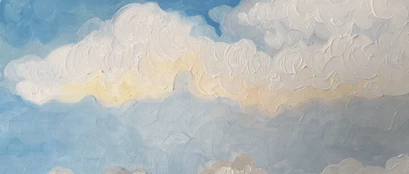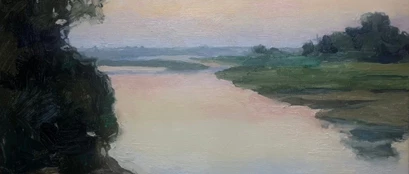
How to paint a nose using oil colours
Facial features are difficult to recreate, especially when working with oil colours. In this step-by-step plan, artist Zarina Situmorang (@zarinasart on Instagram) shows us how she builds a nose using Rembrandt and Van Gogh oil colours.
“Today we’ll paint a nose. I love noses! And I hope that I could share a piece of my love with you by this tutorial.” Let’s begin!
What you need
- Rembrandt oil colour in Titanium White (#118)
- Rembrandt oil colour in Ivory Black (#701)
- Rembrandt oil colour in Burnt Umber (#409)
- Van Gogh oil colour in Yellow Ochre (#227)
- Van Gogh oil colour in Cadmium Red Medium (#314)
- Round (#1 and #2) and flat (#7) synthetic brushes
- Tear-off palette
- Talens white spirit
- Talens bleached linseed oil
Tips
I usually divide the process of the painting into three stages:
- The base. This part is pretty sloppy. I try out different colours, see how they work together and add some variety.
- The transition. Once I’m happy with the result of the previous step, I proceed to mix and add the transitional colours in between the existing colours.
- The blending. This is where I create smooth lines between the colours I have already applied. I use an old fluffy brush to do that.
Step 1
Create some mixes of different skin tones and shadow shades on your palette using the colours pictured and the white spirit and linseed oil.

Step 2
Paint the outline of the nose. I did this using a diluted brown colour.

Step 3
Fill in the shape using the three brown shades we mixed on our palette. These will be our base.

Step 4
Different parts of the nose have different tints. For example, the tip usually has more red, so let’s add some red!

Step 5
Add your transition colours and blend them together with the existing colours.

Step 6
Time for some blending. I use an old fluffy brush to smooth the lines between all the colours.

Step 7
For the final touches I have added a bit more detail to the nostrils and finally added a highlight.
And our nose is done! I hope you liked this lesson. Don’t forget to share your results using #RoyalTalens!
This wonderful step-by-step plan was made for Royal Talens by Zarina Situmorang (@zarinasart on Instagram).

Other step-by-step plans with oil colour

How to paint a cloudy sky
Step-by-step plan
How to paint lips using oil colours
Step-by-step
Landscape in oil colours
Step-by-step plan
How to paint a nose using oil colours
Step-by-step
Ear with Earring
Step-by-Step